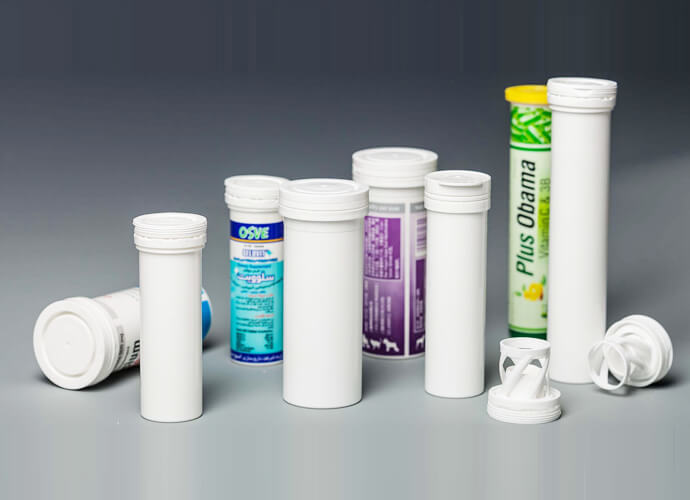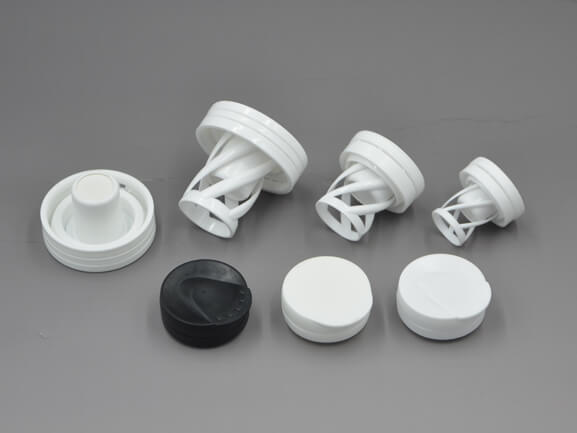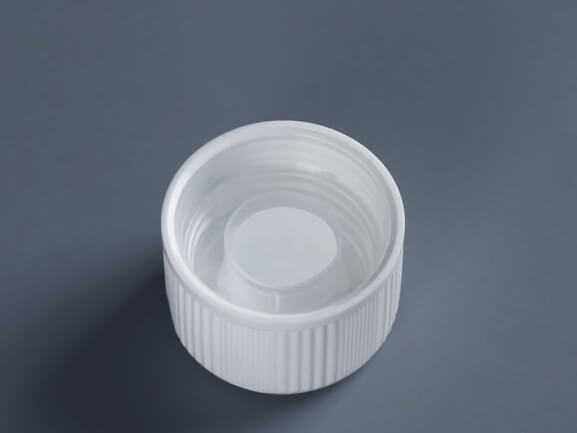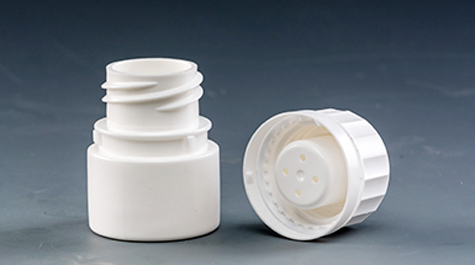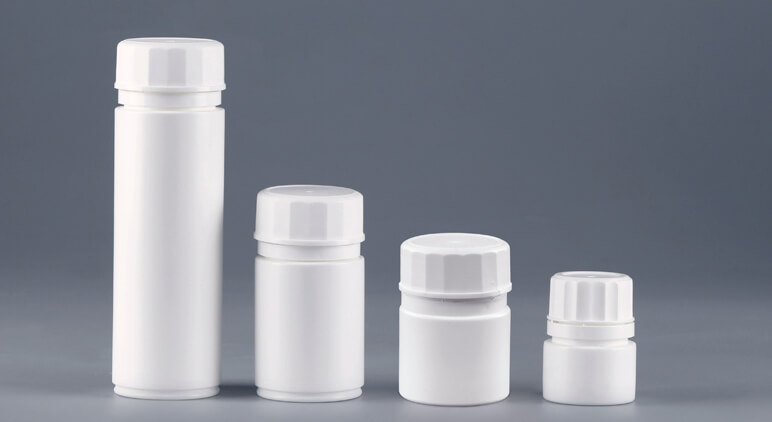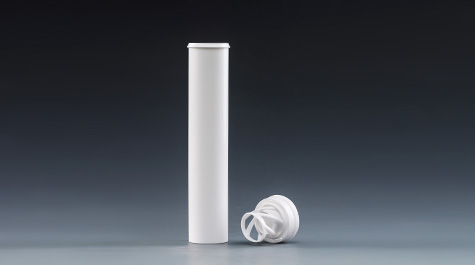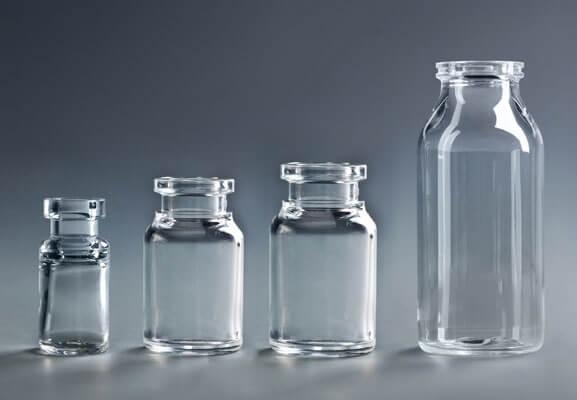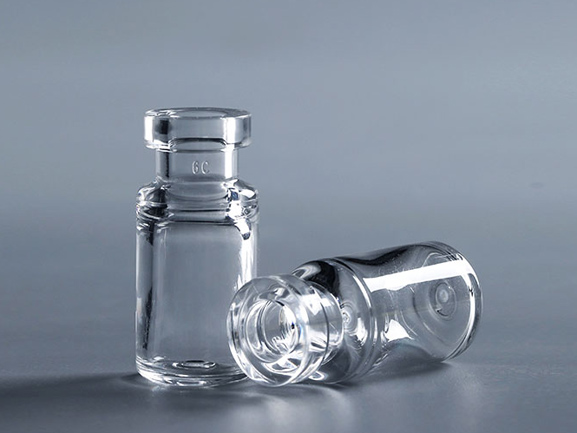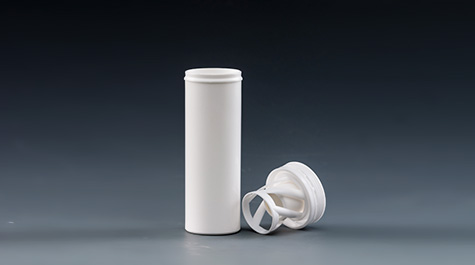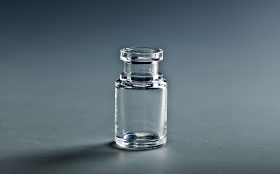When it comes to packaging effervescent tablets, both plastic and aluminum have their merits. However, plastic packaging has several distinct advantages over aluminum, making it a popular choice for manufacturers. Here’s a look at the key benefits of plastic packaging compared to aluminum:
1. Cost-Effectiveness
Lower Production Costs: Plastic is cheaper to produce than aluminum, which makes it more cost-effective for both manufacturers and consumers. The lower cost of plastic packaging can make effervescent products more affordable and accessible to a wider market.
Economical for Large-Scale Production: For companies producing effervescent tablets in large quantities, plastic packaging offers significant savings in manufacturing and packaging costs compared to aluminum.
2. Lightweight Design
Easier Transportation: Plastic packaging is significantly lighter than aluminum. This reduces transportation costs, making it more economical to ship, especially for bulk orders or international distribution.
Consumer Convenience: The lightweight nature of plastic packaging makes it more portable for consumers, who may appreciate the ease of carrying effervescent tablets while traveling or on-the-go.
3. Durability and Flexibility
Resistant to Breakage: Plastic is highly flexible and less prone to denting, cracking, or breaking under pressure compared to aluminum. It can withstand rough handling during shipping, making it a reliable choice for packaging.
Impact Resistance: Plastic packaging can absorb impacts better than aluminum, offering protection for the effervescent tablets during transport and use, which reduces the risk of damage to the product.
4. Customizability and Branding
Versatile Design Options: Plastic can be easily molded into various shapes and sizes, providing more freedom in packaging design. It allows for transparent or opaque packaging, which can cater to different branding needs and enhance product visibility.
Vibrant Printing: Plastic packaging is easy to customize with brand logos, colors, and marketing messages. Unlike aluminum, which typically has a more uniform metallic look, plastic can offer a wide range of visual options that can help a brand stand out on shelves.
5. Moisture Control Features
Desiccant Stoppers: While plastic packaging is not as moisture-resistant as aluminum, it is typically fitted with moisture-absorbing caps or desiccant stoppers. These features help maintain the integrity of effervescent tablets by controlling humidity levels inside the packaging.
Cost-Effective Moisture Protection: Plastic offers an adequate level of moisture protection at a lower cost than aluminum, making it a balanced option for products that need moderate humidity control without the premium cost of aluminum.
6. Ease of Use
Consumer-Friendly: Plastic packaging tends to be more user-friendly in terms of opening and closing. Many plastic containers feature easy-to-use snap-on or twist-off caps that provide consumers with convenient access to the tablets.
Reusability: Plastic containers are often easier to reuse for various purposes, such as storage, which adds a practical benefit for consumers post-use.
Conclusion
While aluminum packaging has its strengths, such as superior moisture resistance and a premium feel, plastic packaging holds significant advantages in terms of cost, weight, flexibility, and ease of use. It is more affordable to produce, lightweight for transportation, and durable enough to withstand everyday handling. Additionally, its customizability provides opportunities for creative branding and design, making it a versatile and practical choice for many effervescent products.
